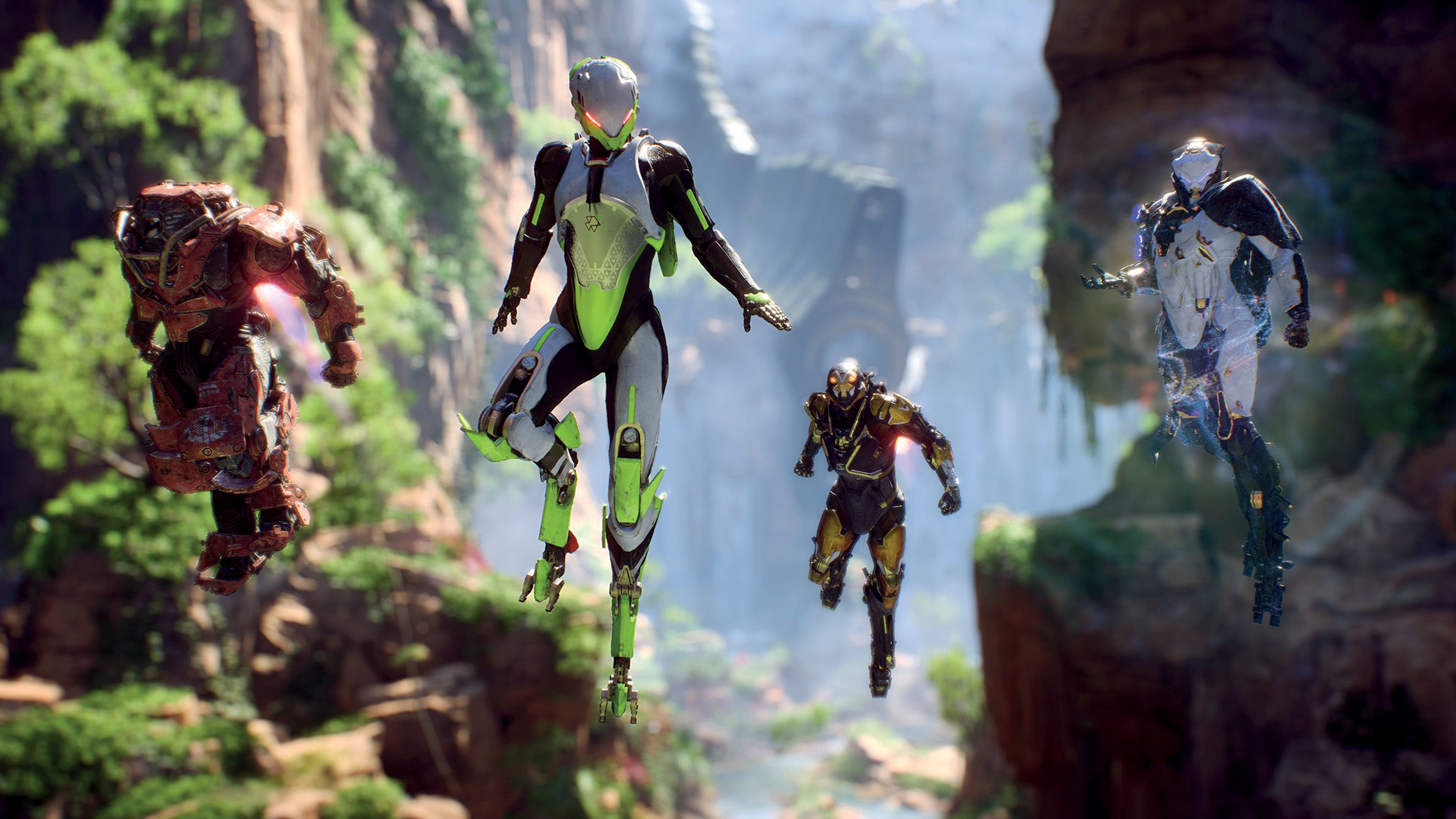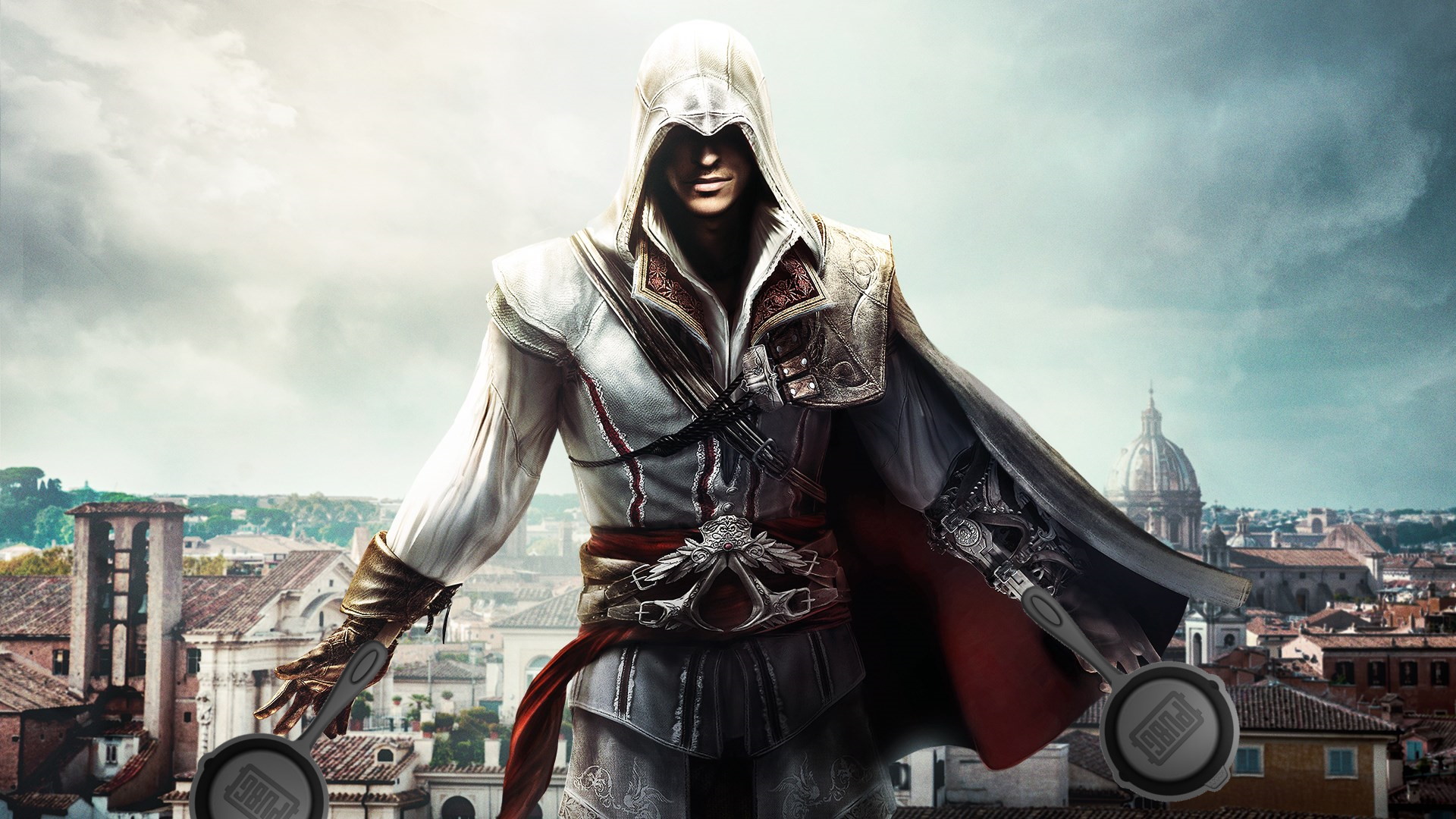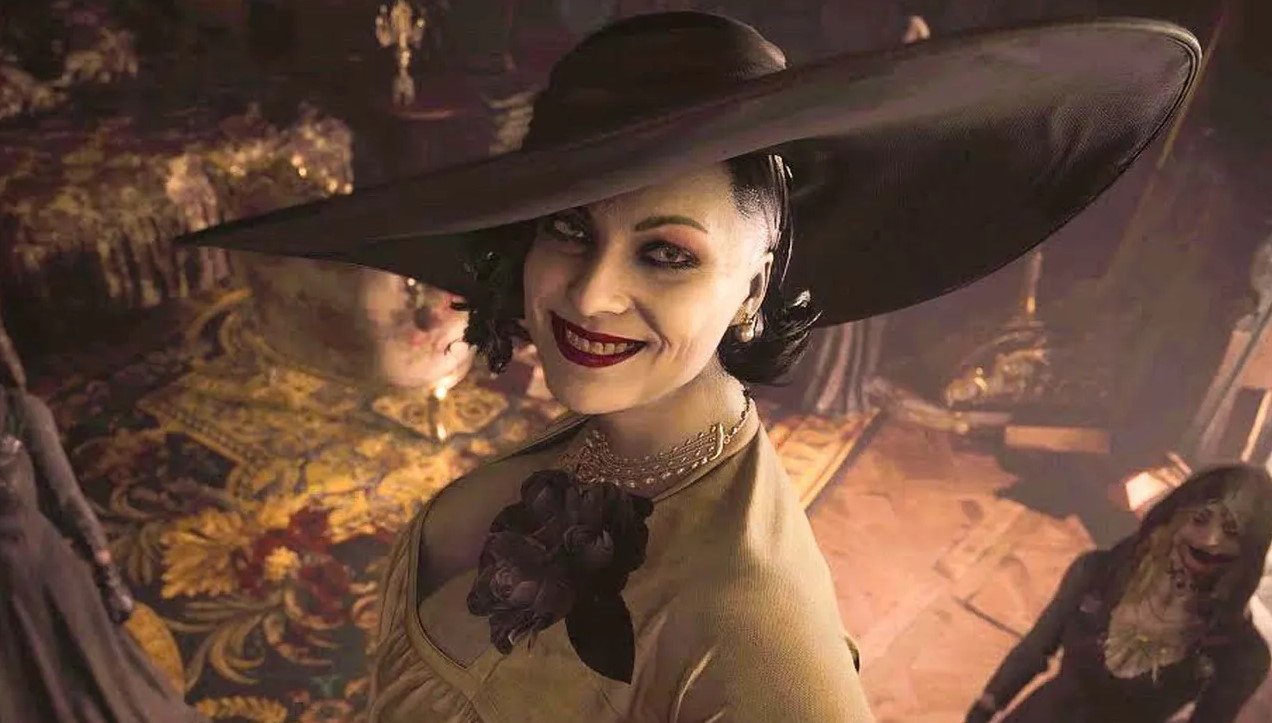It’s generally understood that Anthem was a failure for developer BioWare. It was a developmental nightmare. It reviewed poorly. It fell short of its sales target of 6 million copies by the end of March 2019. And EA ultimately decided to pull the plug on the live-service game two years after launch. But the specifics of its commercial shortcomings haven’t been clear, until now.
On Twitter, eagle-eyed “video game enthusiast” Timur222 posted an image from the LinkedIn page of Alexandre Scriabine, formerly EA’s senior manager of global marketing strategy. Summarising his achievements during that job, Scriabine lists the social media views and, crucially, sales figures of numerous games that he worked on.
It won’t shock you to hear that Anthem is at the bottom of the list, with “2M units sold week one, 5M lifetime.” In other words, its lifetime sales fell short of the target set for the game’s first full month. What’s especially telling is the time gap between the first figure and the second. Anthem clearly had a decent first week, especially when you consider, as Scriabine notes, it was “EA’s first new franchise in a decade”. But sales fell off sharply as everyone realised how underwhelming it was, taking a further two years to sell another three million, which likely explains why EA pulled the plug.
Moreover, the figures Scriabine provides for other EA games add stark perspective. Scriabine says that Battlefield 1 sold “21M units” in its first year, more than four times what Anthem managed in two, and that Jedi Fallen Order sold 10 million units (no context there, but those are presumably lifetime sales). The real big hitters, though, were EA’s Star Wars: Battlefront games, which sold over 50 million units combined. Again, no context of what period that was over, but still, that’s a lotta credits!
Aside from being interesting, Scriabine’s breakdown highlights just how high the performance expectations are for big-budget games. You’d think 5 million copies at $60 a pop would be a resounding success for any game (although that doesn’t take any discounts Anthem may have had into account), but when you’ve other games on the docket selling four or five times that number, you can see why EA might figure fixing the game simply isn’t worth the trouble.
That said, it’s worth noting EA is partly responsible for Anthem’s underperformance. Former BioWare employee Ian Saterdalen has previously stated that, while many mistakes were made on the design side of Anthem, an equally big problem was EA’s decision to stand firm on the game’s ship date. This meant Anthem was “literally created in 15 months,” with BioWare’s designers working 90 hour weeks. EA also made the decision to can Anthem Next/Anthem 2.0 which Saterdalen says was “really fun, and was going in the right direction.”











